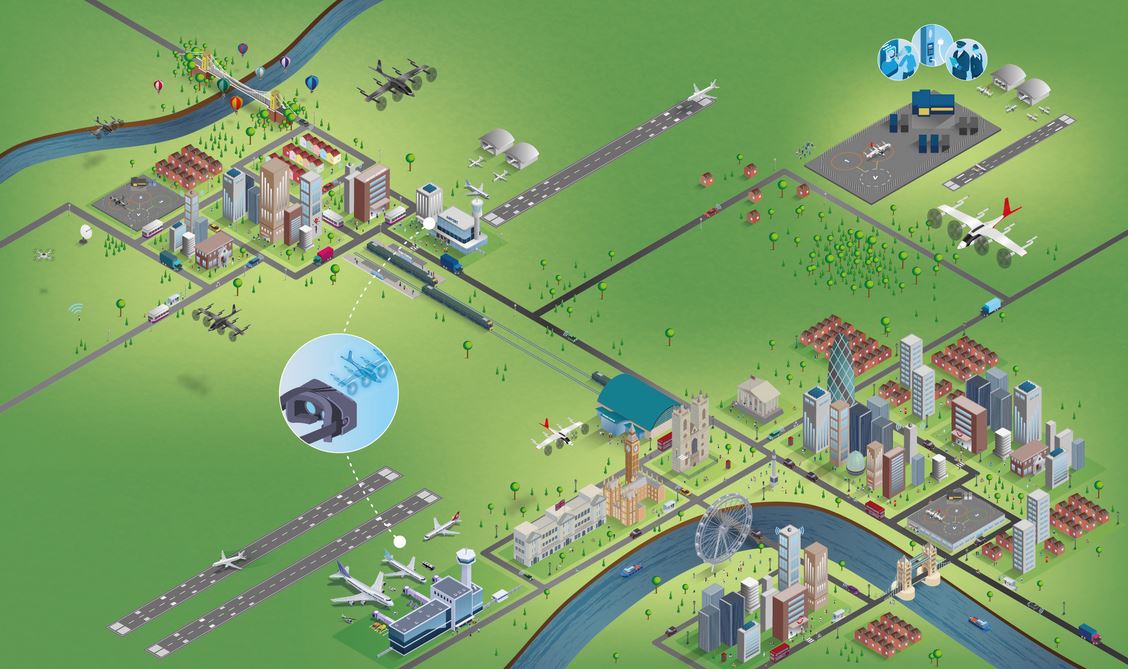
The Advanced Mobility Ecosystem Consortium (AMEC) reports that “a new generation of greener aviation has taken a leap forward following the UK’s first major air traffic control simulations for Advanced Air Mobility (AAM), demonstrating how eVTOL – electric vertical take-off and landing aircraft – or flying taxis – could one day be safely integrated with conventional air traffic.”
The simulations were the latest milestone for AMEC, a group of leading aviation, technology and transport organisations demonstrating the commercial and operational viability of AAM. The consortium is a Future Flight Challenge programme jointly funded by UK Research and Innovation and includes Vertical Aerospace, Virgin Atlantic, AtkinsRéalis, Skyports, NATS, Connected Places Catapult, Cranfield University and WMG – University of Warwick.
“The tests are a pivotal step ahead of the consortium’s planned real-world demonstration flight in late 2024 and lay the groundwork for a new generation of electric aircraft becoming commonplace in our skies” according to the press release.
“The air traffic control service, NATS successfully simulated eVTOL flights from Bristol Airport through the airspace around Farnborough Airport, and then onto London City Airport. The flights operated alongside traditional air traffic and in controlled airspace without any impact on conventional operations. The pioneering simulations were made possible with a combination of new prototype technologies and the creation of a new ‘Airspace Manager’ function.
“Under NATS’ proposed concept of operations, each eVTOL operator would file their flight plans via an application, which would then be approved or amended as required. The whole flight would then be entirely deconflicted from other aircraft before even taking off, with the ‘Airspace Manager’ function monitoring the airspace from a digital ‘master control room’.
“Direct voice communication between eVTOL pilots and air traffic control would only be required by exception, and while the Airspace Manager function was fulfilled by a person during the simulations, it could one day be almost entirely automated.”
For more information
https://www.futureairmobility.com/
(Image: Air Mobility Ecosystem Consortium)

